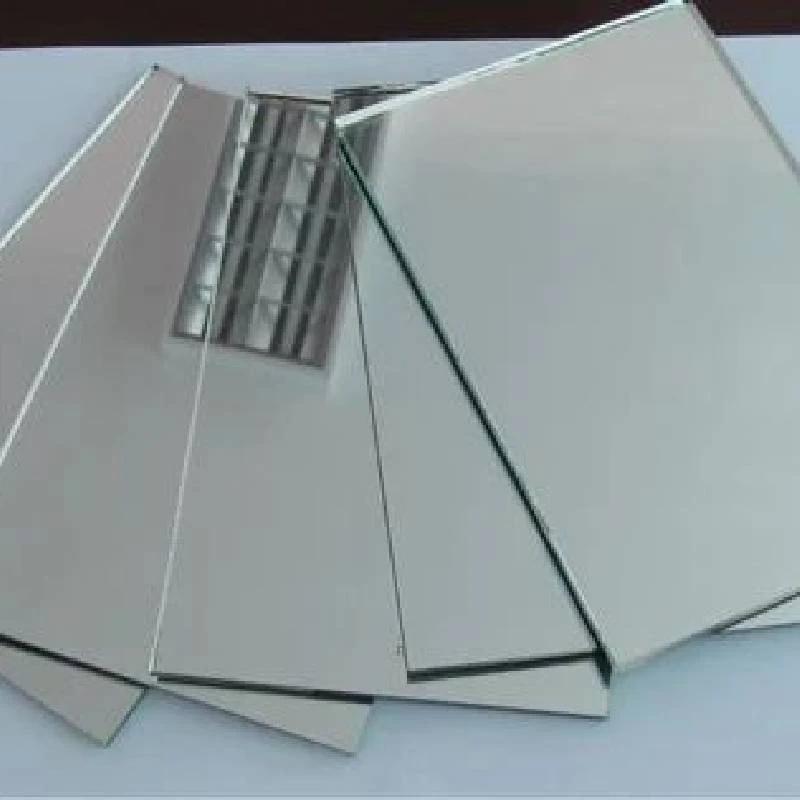

The Advantages and Applications of Infrared Reflecting Glass
Infrared reflecting glass, often referred to as low-emissivity (low-E) glass, has emerged as a significant material in the realms of architecture, automotive design, and energy efficiency. This specialized glass possesses the unique capability to reflect infrared radiation while allowing visible light to pass through. By leveraging this property, infrared reflecting glass has become a popular choice for creating energy-efficient environments and enhancing comfort in various applications.
Understanding Infrared Reflecting Glass
At its core, infrared reflecting glass is manufactured through the deposition of metallic coatings onto the glass surface. These coatings are specifically designed to reflect infrared radiation—typically emitted by the sun—while permitting visible light to enter a space. The result is a glass that contributes to better thermal performance and reduces the reliance on heating and cooling systems.
The primary advantage of infrared reflecting glass lies in its thermal insulation properties. In residential and commercial buildings, this glass can significantly decrease heat transfer. During warmer months, it can help to keep indoor temperatures lower by reflecting excess heat away from buildings. Conversely, in colder seasons, it helps retain heat within the structure by reflecting infrared radiation back inside. This thermal management ability not only enhances comfort for occupants but also leads to substantial energy savings.
Applications in Architecture
In architectural design, the use of infrared reflecting glass is rapidly gaining popularity. Modern buildings integrate large glass façades to enhance aesthetic appeal, allowing for abundant natural light. However, traditional glass can lead to excessive heat gain, resulting in discomfort and increased energy costs. By using infrared reflecting glass, architects can create striking glass designs without compromising energy efficiency.
Moreover, this glass contributes to sustainability goals. As environmental concerns grow, the construction industry is increasingly focused on reducing carbon footprints. Buildings equipped with infrared reflecting glass require less energy for heating and cooling, thereby helping architects and builders meet stringent energy efficiency standards. LEED (Leadership in Energy and Environmental Design) certification and other green building assessments often reward the use of such innovative materials.

Automotive Industry Benefits
The automotive industry has also recognized the benefits of infrared reflecting glass. In vehicles, this type of glass helps minimize heat buildup in the cabin, allowing for a more comfortable driving experience. Reduced reliance on air conditioning systems not only enhances passenger comfort but also improves fuel efficiency. Manufacturers are increasingly integrating this technology into windshields, side windows, and sunroofs to build more efficient and eco-friendly vehicles.
Additionally, infrared reflecting glass in cars also contributes to the longevity of interior materials. By reducing heat exposure, it helps prevent fading and degradation of upholstery and dashboard materials, resulting in a longer lifespan for vehicle interiors.
Innovative Developments and Future Trends
The demand for infrared reflecting glass continues to rise, prompting ongoing research and development in this field. Innovations aim to improve the effectiveness of coating technologies, such as the creation of nearly invisible coatings that maintain high levels of light transmittance while maximizing infrared reflection. Furthermore, advancements in smart glass technologies, which can change properties based on external conditions, are likely to impact the future of infrared reflecting glass. This could lead to even greater energy savings and comfort, allowing buildings and vehicles to adapt dynamically to environmental changes.
Conclusion
Infrared reflecting glass is a revolutionary material that combines functionality with aesthetics, offering substantial benefits across multiple industries. By enhancing thermal performance, supporting sustainability goals, and improving comfort in residential and automotive applications, it represents a significant step towards more energy-efficient technologies. As research continues to advance this field, we can expect even more innovative solutions that will help create a more sustainable and comfortable world. Embracing infrared reflecting glass can lead not only to immediate benefits but also to long-term gains for both consumers and the environment.